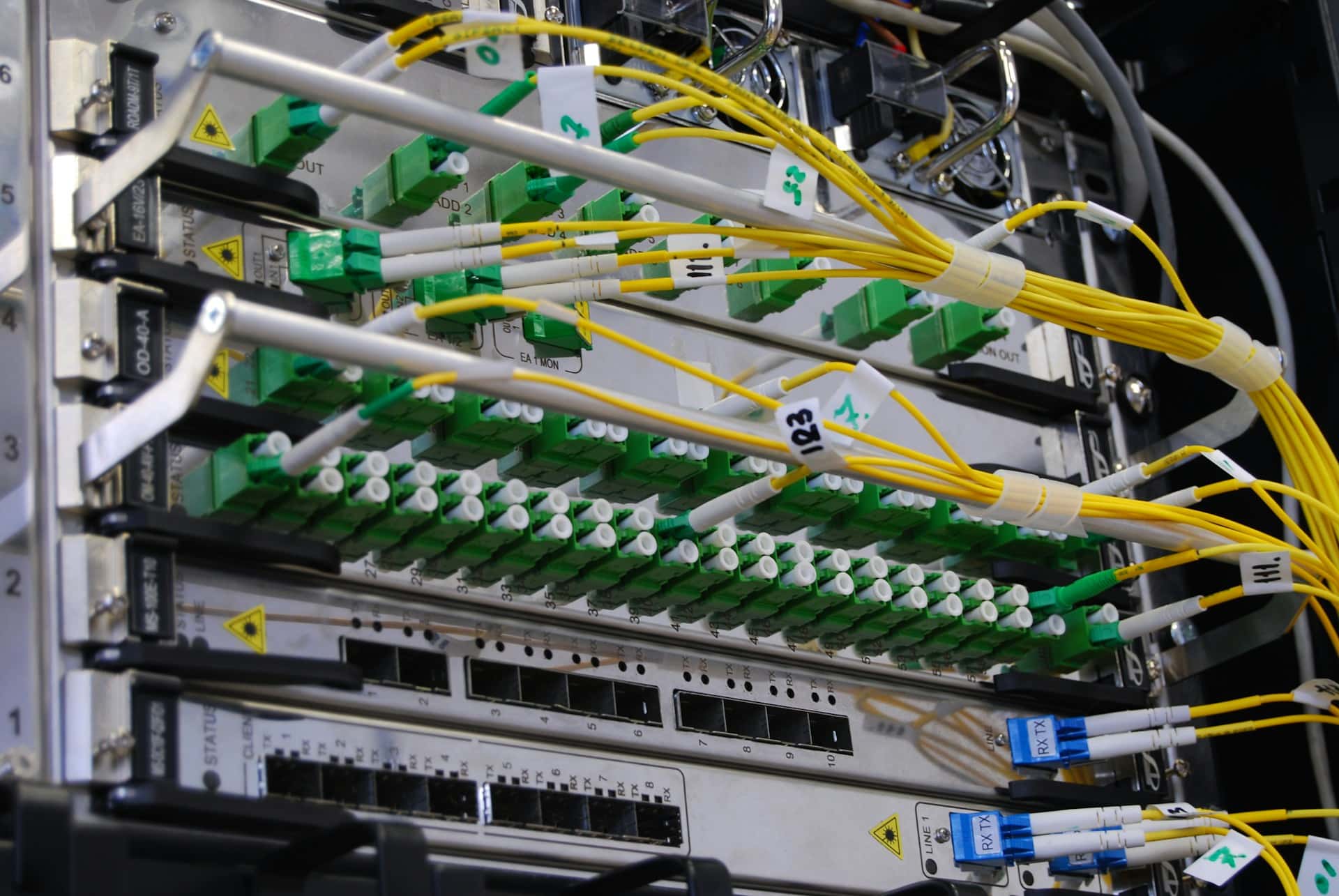The line between traditional transmission engineering and information technologies has become blurred. Today, professionals in the audiovisual sector need to be familiar not only with classic standards like SDI but also with IP networking concepts, cybersecurity, and cloud workflows. This convergence is reshaping the profile of broadcast technicians and setting new standards for competencies.
1. Essential Networking Fundamentals
In the new broadcast landscape, understanding concepts such as IP addresses, subnets, VLANs, and the differences between DHCP and static configuration is no longer optional. Training can begin with a short course, weekend laboratory practice, and ideally, guidance from an experienced mentor. These basic skills form the foundation for comprehending and managing modern production environments.
2. Understanding the Signal Flow Map
Not only engineers should know this: even camera operators benefit from understanding how a signal travels from its source to the viewer. The usual path is: Camera → Encoder → Network Switch → Cloud/CDN Ingestion → Player.
This knowledge helps anticipate issues, optimize response times, and enhance collaboration between technical departments.
3. Security as a Priority
As productions become increasingly interconnected, cybersecurity is critical. Basic recommendations include:
– Using unique passwords and enabling multi-factor authentication (MFA).
– Keeping firmware updated on all equipment.
– Isolating control equipment on its own VLAN.
– Disabling unused ports.
– Avoiding connecting unknown USB devices.
4. The Value of Mastering SDI and IP
A professional capable of operating in both SDI and IP environments is highly sought after. Live productions, television, and professional streaming increasingly value a technician’s ability to switch between both domains swiftly.
This transition to hybrid environments—where traditional broadcast infrastructure coexists with IP solutions—requires not just new knowledge but also a cultural shift in understanding audiovisual production. Investment in training, multidisciplinary collaboration, and continuous adaptation will be crucial to stand out in a rapidly evolving market.
—
Frequently Asked Questions (FAQ)
1. What is a VLAN, and why is it important in broadcast environments?
A VLAN (Virtual Local Area Network) enables segmentation of the physical network into independent logical networks, enhancing security and performance in audiovisual productions by isolating critical traffic.
2. What is the difference between DHCP and a static IP?
DHCP assigns IP addresses automatically, while a static IP is manually configured. In broadcast setups, static IPs are often preferred to ensure stability of critical connections.
3. What advantages does SDI protocol offer over IP?
SDI is a robust, widely adopted standard for uncompressed video transmission with low latency. However, IP provides greater flexibility, scalability, and compatibility with cloud environments.
4. How is cloud integrated into a broadcast workflow?
The cloud enables receiving signals (ingest), processing them, and distributing through content delivery networks (CDNs), facilitating large-scale live transmission with global reach.

